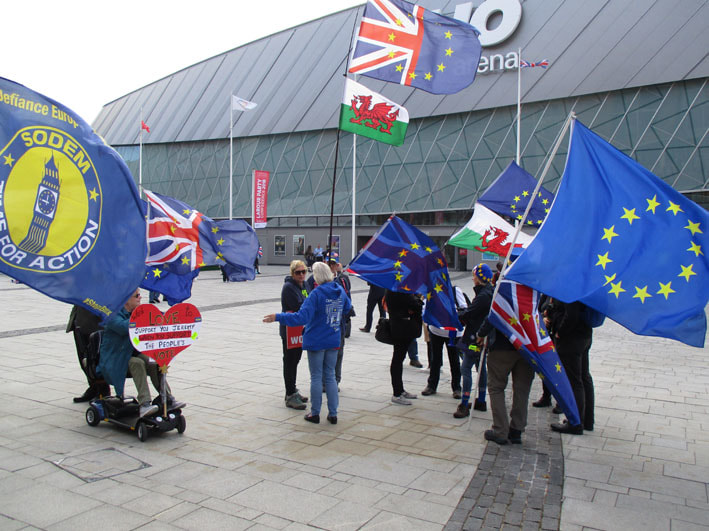- About
- Contact
- Blog
- CONSUME
- GALLERY
-
PERAMBULATIONS, Etc.
- Old Parcels Office, Scarborough
- Ghent
- White Cube
- Cornerhouse, Manchester
- Venice 2019
- Tectonics
- Leeds City Art Gallery
- Hayward Gallery, London
- Hull University Art Gallery
- Whitney Gallery, New York
- Royal Scottish Academy, Edinburgh
- Talbot Rice Gallery, Edinburgh
- Fruitmarket Gallery, Edinburgh
- Modern One & Two, Edinburgh
- Groeningemuseum, Bruges
- Humber Street Gallery, Hull
- Renwick Gallery, Washington DC
- Arenthuis, Bruges
- Ropewalk Gallery, Barton on Humber
- Geementmuseum, Den Haag
- Ferens, Hull
- Crescent Arts, Scarborough
- Walker Art Gallery, Liverpool
- Hepworth Wakefield
- Yorkshire Sculpture Park
- Stedelijk, Amsterdam
- Henry Moore Institute
- Louisiana
- SMK Copenhagen
- Yorkshire Sculpture International
- Tate Modern
- Whitworth, Manchester
 'We'll keep the red flag flying here' 'We'll keep the red flag flying here' The Liverpool Contemporary Art Biennale has received a lot of attention this week, as 13,000 people participated in a massive work of performance art called ‘Labour Conference.’ Housed in large modernist sheds adjacent to Tate Liverpool, this artwork, as much art is these days, was hugely political. Dominated by Jeremy Corbyn, who has moved the performance piece away from its previous ‘Blue’ period into a new ‘Red’ period, it struck a chord with a new generation of thrill seeking enthusiasts, much to the disappointment of the media who were hoping for something more resembling an epic Jake and Dinos Chapman-style bloodbath. For many of the participants, the combination of exhibitions, theatre and alcoholic hospitality meant that the whole event took on a magical, blurry ambience, leading inevitably to that recurring trope of ‘memory and loss’, evoking a vision of a glorious past and an even better, more glorious future (and preferably one without Gilbert and George, the anti-heroes of the ‘Blue’ period). But as with all blurry ambiences, ambiguities remain. In post-modernism, ambiguity plays an important role, forcing the viewer to question what the substance of the piece really is. Some edges seem well delineated whilst others appear fuzzy, and as ever, arch critics of ‘Labour Conference’ will always find something harsh to say, for example that it would strip the ability of extremely rich art lovers to participate in the art market, or would denude elitist visionaries of art of their power to exclude unappreciative oiks. All in all, we now know that the next iteration of ‘Labour Conference’ will be called ‘Labour Government (Red Period)’ and when that comes to pass, Tracey Emin may be expected to honour her pledge to leave the country permanently. For this, we will owe Jeremy an eternal debt of gratitude. N.B. Watch out for more thoughts on art on 'Perambulations, etc.' Come back soon!
0 Comments
Leave a Reply. |
Archives
March 2024
|

 RSS Feed
RSS Feed